It’s important to make sure your wedding day is well planned out, not only to ensure the day runs smoothly, but also that your photographers and videographers have the time they need to capture your wedding day (and especially those posed shots) in that perfect way you would want to remember it. Often, when a wedding day starts running behind, time for posed pictures and video scenes are the first to get cut as the demands of staying on schedule for the guests become paramount in the moment. Here are some pointers to make sure your wedding day runs smoothly and you are able to get the most out of your ultimate photographs and film, which will after all, shape the way you remember your day forever!
Tip #1: Engage your vendors in creating the day’s schedule early.
Wedding coordinators, venues, photographers, videographers, caterers, etc. are involved in countless weddings every year. They know how long each step of a traditional wedding day takes. That’s part of the reason it’s good to choose your vendors early, and then engage them in your wedding planning process. Often, you can create drafts of a schedule and email it off to them for their feedback. Photographers and videographers in particular usually know how long it takes them to get the shots they need, so checking in with them in advance to ensure you have allocated them enough time is a good idea. They can also point out issues that you may not think of yourself. For example, the time needed to set up and take down camera gear and lighting equipment when having to move from one location to another is often overlooked when the wedding ceremony, portrait photography and reception all take place at different venues.
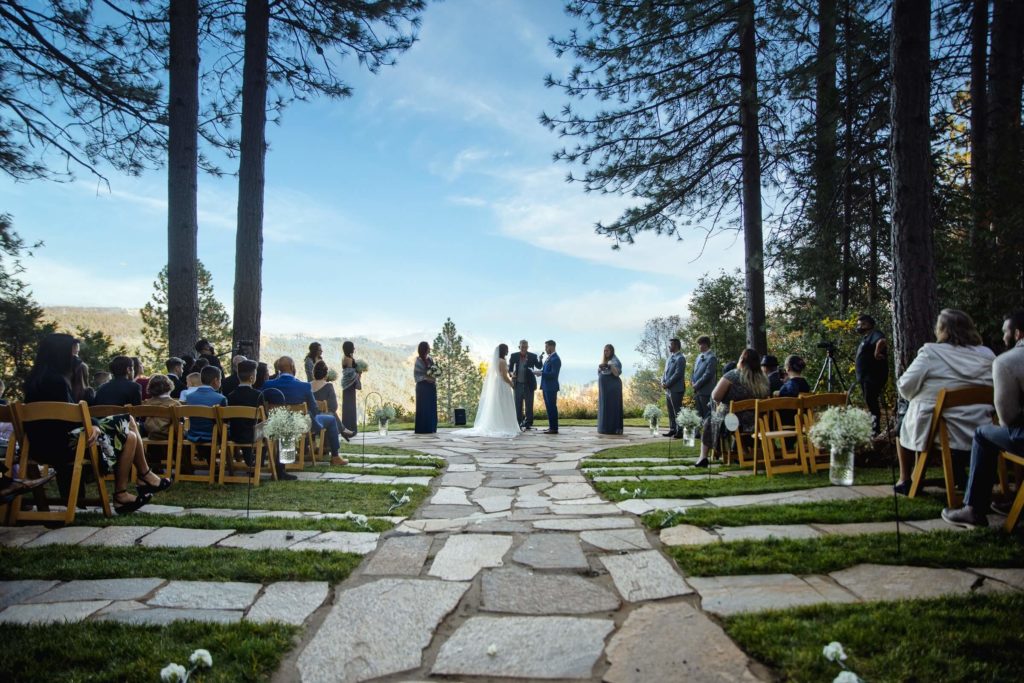
Tip #2: Ensure your photographers and videographers will work well as a team.
It’s important that your wedding photography and videography team work well together, as they need to capture the exact same moments and both need time to get the big shots. This involves some coordination.
For example, you wouldn’t necessarily want your photographer to show up in your wedding video blocking the view of your fist kiss. Also, posed sessions with the wedding party usually work well when the photographer and videographer are able to shadow each other and utilize the different poses for both purposes. This can also help to save time. That’s why it’s never a bad idea to work with a company able to handle both photo and video, as you know that they will work well together. Or if that’s not possible, ask your photographer/videographer for a recommendation.
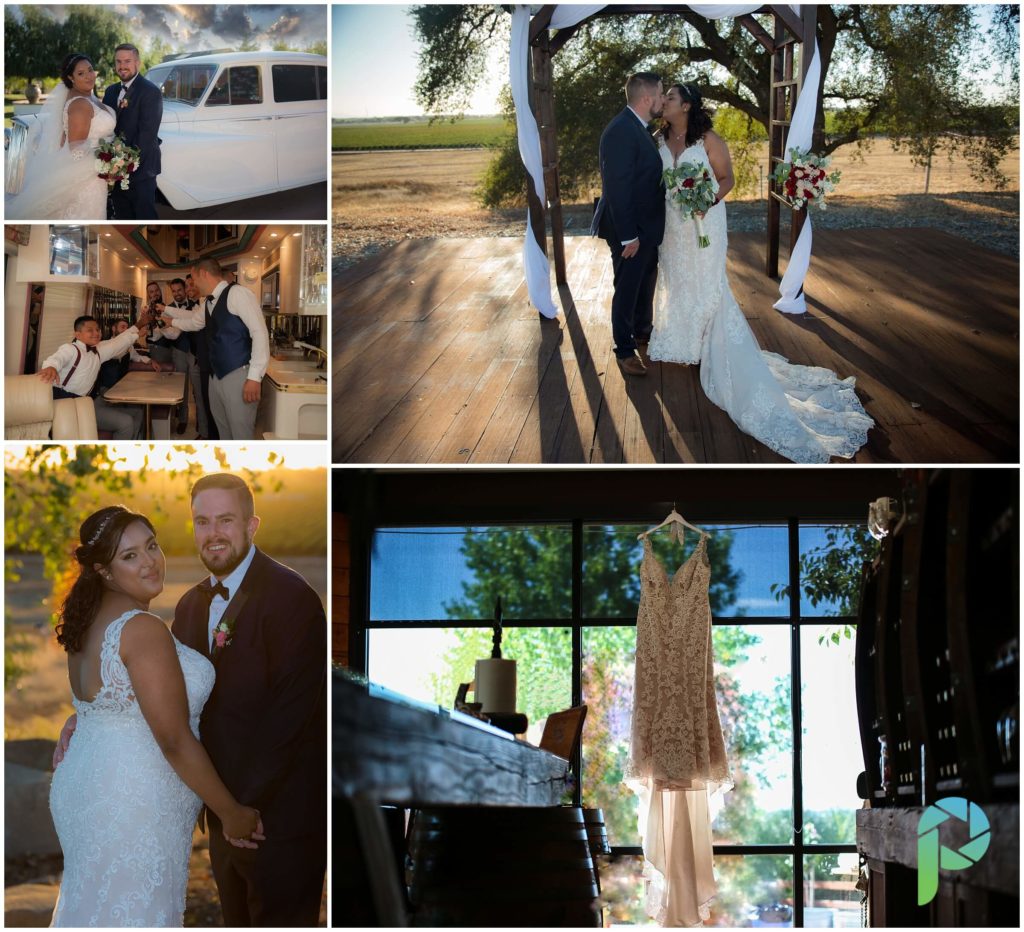
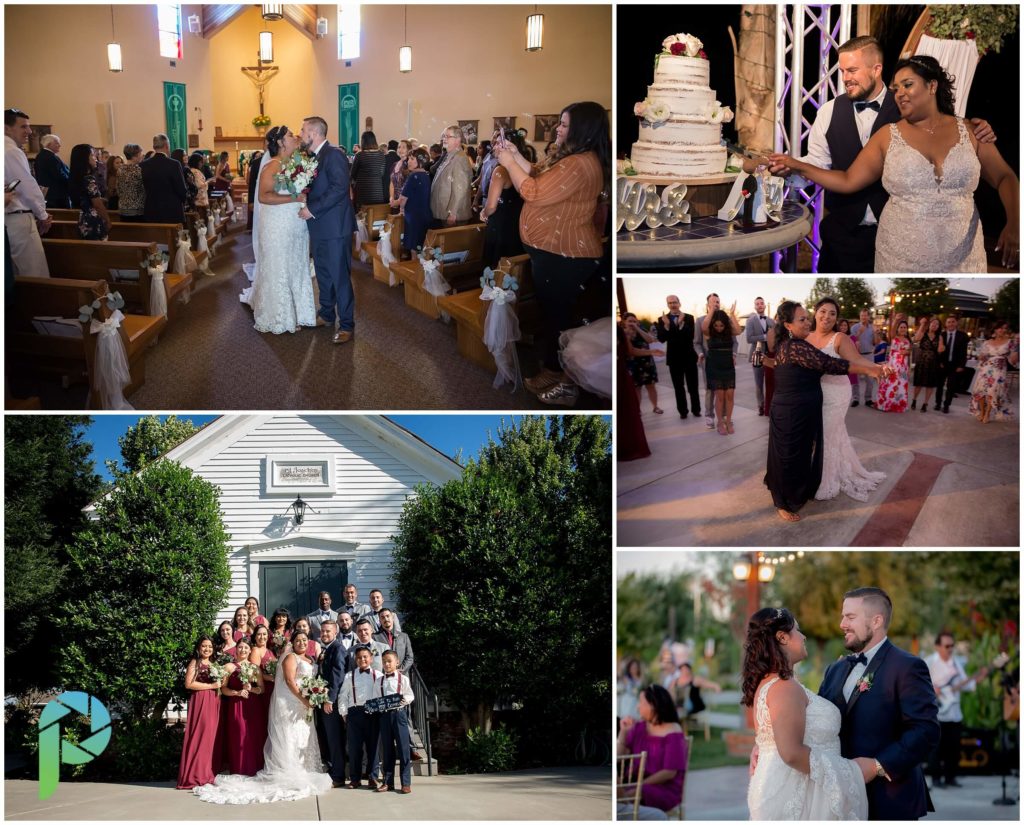
Tip #3: Consider taking formal photos before the wedding
There are many couples who decide against this, but if you are a couple who don’t mind seeing each other before the wedding ceremony, this is an excellent strategy to ensure you get great portraits and video footage, and also maximize your time with guests in your reception. There are a number of ways the couple’s First Look can still be special, and it can also make for some unique photographs, as well as video content.

Tip #4: Don’t forget about video!
Often couples who have both photo and video for their wedding understand that they will need to allocate some time for posed photos, but forget to allocate time for posed video shots. Many creative shots of wedding parties are posed and while videographers try to work as efficiently as possible tag-teaming with photographers, it does inevitably take a little more time. Additionally, many videos include scenes shot while the bride and groom are getting ready that incorporates either an interview about their thoughts of the day or a letter written and read out loud to the camera. These type of scenes also take time and need to be scheduled in advance if this is a desired element of the video.
Tip #5: Organize family members
Nothing can be more time consuming at a wedding than locating important family members for portraits after the wedding ceremony. Weddings are often so much fun for guests because they get to reconnect with family members they have not seen in a while.
So while your Uncle Steve is busy catching up with Grandma, they both may forget that their presence is required for portraits following the ceremony. It’s a good idea to warn these folks in advance that you want them in your formal portraits. Also, make a list and give it to the photographers so that they can read out names. Lastly, assign someone from both the groom’s family and bride’s family to locate the family members in case they go missing.
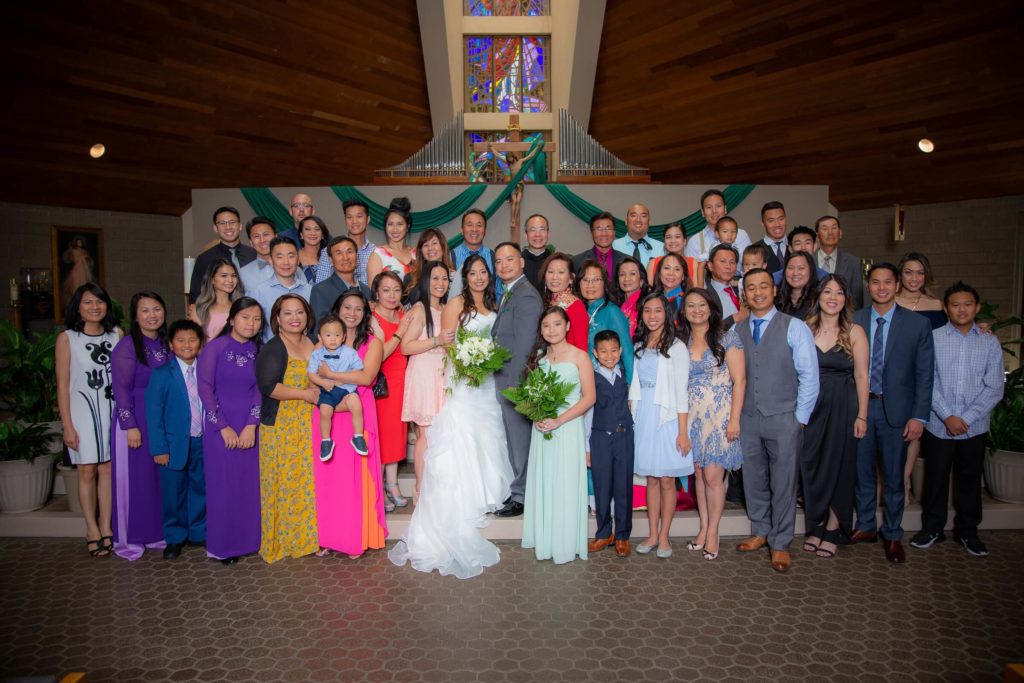
Tip #6: Take advantage of the golden hour of sunlight
All photographers know that the best time to take photos in terms of outdoor lighting is the last hour before sunset. That’s when you get those golden sun rays that give pictures that majestic tone. Unfortunately, that timing often does not work well with wedding schedules. But even if you can’t coordinate your formal wedding party portraits to be taken during that time, consider holding off on your couples portraits until the golden hour, and find time to break away from your guests (perhaps as they are finishing up dinner) to get a few nice shots.
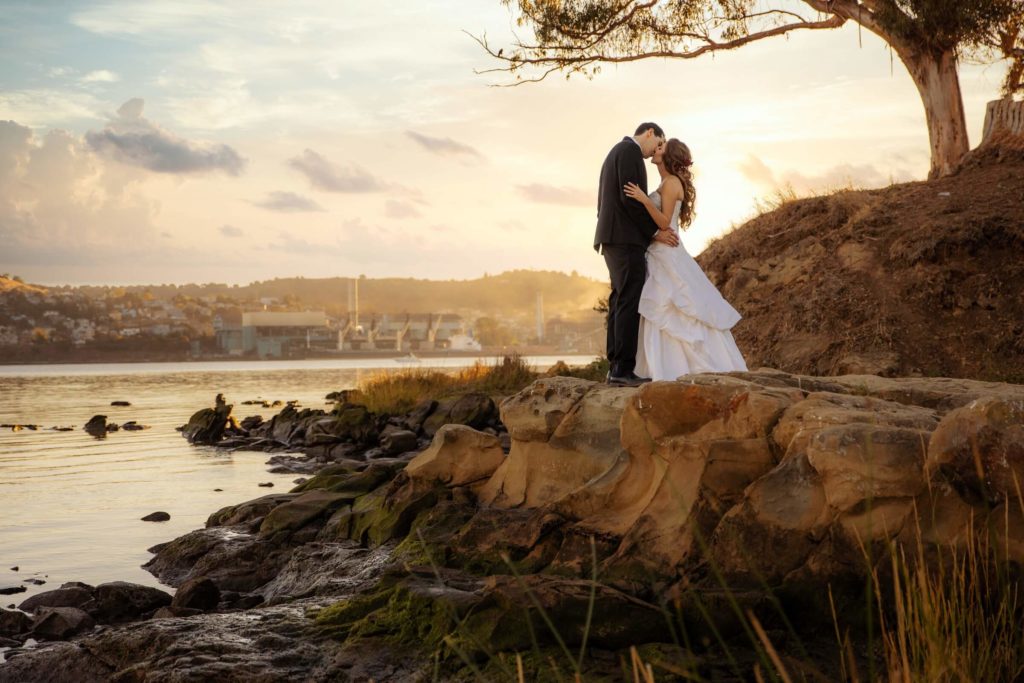
Tip #7: Make sure you have enough time to get ready
This was left last because it’s probably the most important. An entire wedding day can be set off if the bride or groom is not ready on time. You may try practicing getting ready to see how long it will take you. It always takes longer than you think, especially with the excitement of the day, and all your friends around so give yourself some cushion time.
Finally, a word to the wise, try not to let your wedding party get too crazy the night before. Partying hard on rehearsal night makes everyone move a little slower the next day and can also set back the getting ready process. After all, the actual wedding day is supposed to be the big party so encourage everyone to save their party spirit.
